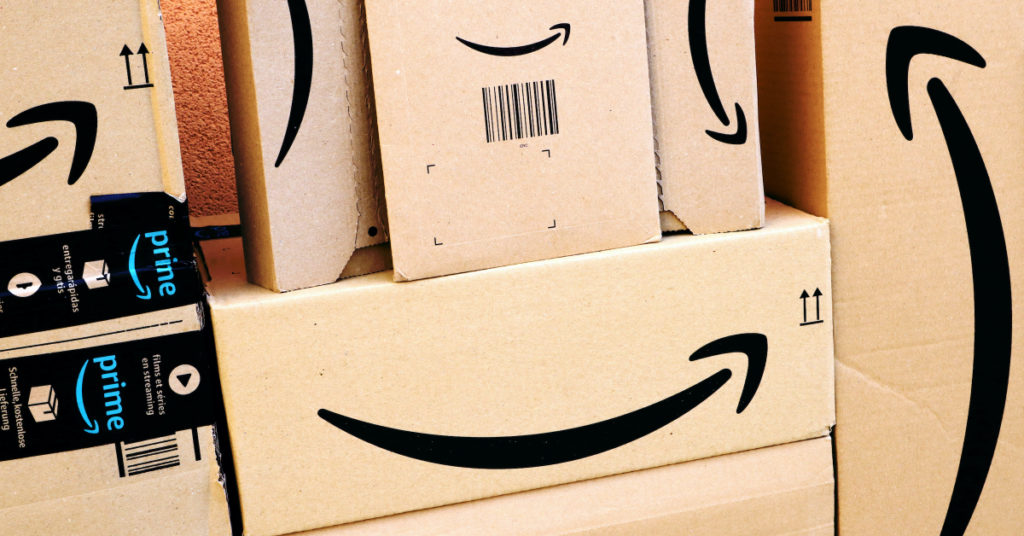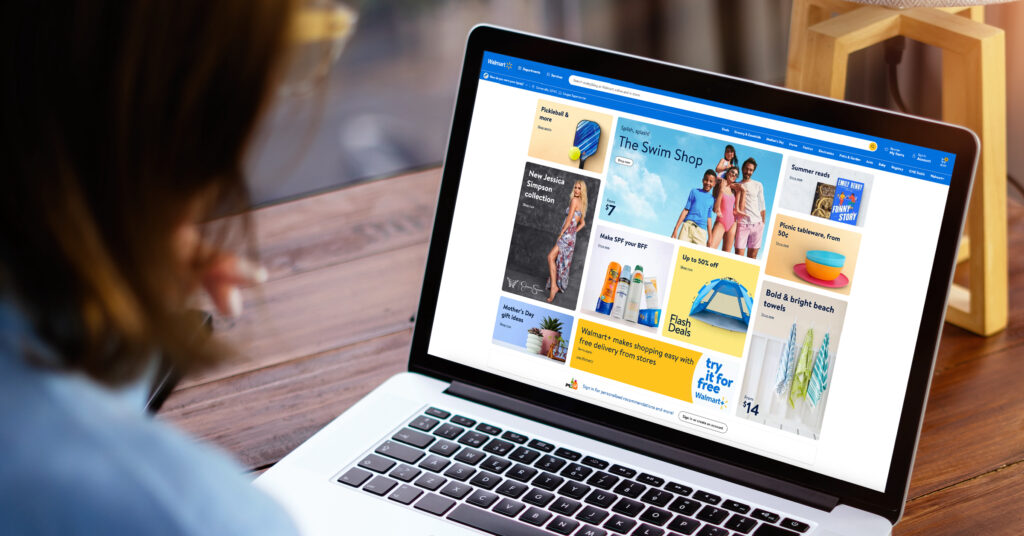In the previous articles, we introduced some of the lesser-known and less considered factors that must be considered before making a Vendor Central (VC) to Seller Central (SC) switch. As well as whether having more control is really the question you should be asking yourself when thinking about the advantages of SC. Moreover, we looked into 2 key aspects of the switch from your customer’s perspective.
The core of this article is the fact that your brand’s economics are likely not going to change just because the Amazon customers are now being served via SC and not VC. What will change is;
- The fact that you’ll need to start taking care of responsibilities that Amazon used to on VC and
- Due to the above statement – the economics of your brand not changing, these responsibilities can quickly turn into very much measurable costs elements, all of which may burden your bottom line if not done correctly.
Weighted average retail price
We’ve discussed this in the previous article, mainly from the customer’s perspective and how to deal with the likely increased retail-driven conversion rate drop. Now it’s worth discussing it from your own perspective as well. First, of course, you need to understand the weighted average retail price per the previous article’s suggestion to know where the market is at.
Sales continuation
- Control the market price
- Realistic retail price
- Possible Sell-through and inventory management challenges
- Margin % vs margin $
Let’s start with the sales continuation aspect.
Control The Market Price
This part became important after the introduction and active enforcement of the Standards for Brands selling on Amazon regulation. Now Amazon will not enable your ASIN to have the buybox if it’s sold elsewhere for a lower retail price. So the important action here is to clean up all the channels and start managing proactively the retail price.
This is nice to have when you trade through Vendor Central and is strongly recommended. However, it becomes mandatory when we talk about Seller Central. Simply because not doing it restricts continuous revenue flow due to the suppressed buybox.
So then if you have strictly enforced MAP on VC, you’re good. No harm on the SC side waiting for you from this perspective.
If you, however, have a so-so enforced or no MAP policy at all, it’s better to come up with one before the migration goes through. The market price will not raise itself, especially in today’s highly competitive ecommerce landscape. Therefore, it’s worth budgeting for some funding to go into lower than expected retail price – in the effort to keep the buybox consistent and so topline consistent. Or budget some top-line volatility due to Amazon pulling the buybox every once in a while.
VC just decides to auto-fund it – and ask you for the delta during annual terms negotiations. On SC, you will have the control to choose which one you prefer. Either way, it’s important to remember that currently Amazon’s funding any and every dollar delta between the intended market price/MSRP/MAP and the actual one. That baggage is not going to disappear if you switch from VC to SC. It will go with you. The only thing that changes is the fact that you have options now:
- Fund the delta to keep the buybox running
- Manage the market price and enforce MAP and consistency
- Don’t do either and face constant buybox suppressions
The choice is yours, choose wisely.
My advice is option 2 which ensures long-term sustainability. Not only for your Amazon account but for all other marketplaces as well for your brand.
Realistic Retail Price
Ineligible to be featured in the buybox – is how it’s officially called. In the normal world, it means that Amazon doesn’t believe the retail price is realistic for the ASIN. Regardless of the fact that you may not have any buybox competition – or any other offers to begin with.
This becomes a problem when the retail price via Vendor Central has been artificially too low for a long period and now all Amazon sees is a significantly higher retail price. This gives the algorithm the impression that customers would just leave Amazon if they saw it, hence to protect the customer from the assumed bad experience, they choose not to even show them the buybox.
Agree with it or not (and that is not the point here), the revenue may not be continuous if the buybox is not awarded by Amazon. The chain of actions here would be to slowly increase the retail price over time. That would enable the algorithms to get used to the higher retail price and the fact that customers won’t just leave the site.
As such it takes time. This means the revenue may be compromised if the jump is done in too big increments or too soon.
Sell-Through Impact
Sell-through impact, linked to controlling the market price and the continuation of revenue (or the lack of it), can lead to sell-through challenges. More precisely even if the forecasted inbound incorporates a price elasticity driven number of units sold decrease, the spotty sales are difficult to forecast for. Most of us would anyways just forecast as if it wasn’t going to be spotty.
That said, if the market price is not under strict MAP enforcement, the sell-through can unexpectedly slow down due to Amazon pulling the buybox. A pulled buybox has a knock-down impact on any and all active advertising campaigns as well. Those will shut down and only go back live once the buybox is restored. However, even when the buybox is restored, the ad campaigns basically would need to start from zero and start ramping up again, erasing all progress made to that point.
These 2 factors together can easily cause revenue deceleration when migrating from VC to SC. Remember on VC the ad campaigns won’t shut down as Amazon will be funding the delta between the lower retail price that they are matching and so the ad campaigns will be kept alive (for the time being at least). Losing that support is a factor that one can’t forget to calculate.
To get around the above-mentioned buybox problem, of course, you can set the pricing to auto-match which would allow the ad campaigns to run 24/7 as they should be. Then you would need to budget part of your margin to go toward funding the market-driven retail differences. Or as suggested, just set up strict MAP enforcement which ultimately would eliminate the buybox problems that would as a consequence eliminate the ad campaigns shutting down. Two birds, one stone.
After discussing the buybox impact coming from outside of Amazon factors, another element here would be to monitor the LBB% metric in VC. It’d give a good indication if you have some cleaning up to do on Amazon as well. If some of your trade partners now sell on Amazon, you’ll want to do the clean-up prior to moving to SC as opposed to after it. This can be done strategically and perhaps the right wholesale/retail structure is the easiest way to ensure you keep the buybox, however, it’s an important piece to keep in mind.
Moving onto the last factor of the pricing piece:
Margin % vs Margin $
Seller Central by design will appear on paper higher margin dollars due to the fact that the base of the margin calculation would become the retail price instead of the wholesale. Don’t let that blind you though.
Margin % and margin $ are important together, they go hand in hand. One pays for the bills the other one helps you sell your Ecommerce brand. Or keep it scaleable, should you choose to build it yourself. Don’t forget that aggregators or investors (should you need a loan to scale your business the bank would count here) would want to know not only how much your EBITDA is but also the fact that how much every invested dollar into your business returns to them.
Turn that statement around and it also makes sense: how much would I need to invest into this business to generate $x of incremental revenue and profit. The answer here will be the margin %. Both gross and net have their fair place in the process of determining how much your business is worth. Which then determines how good of an offer you’d get from investors whether it be for a loan to scale the business or equity value to sell.
Therefore when you price out the move from VC to SC, consider not only the higher-margin dollar per unit but also how the margin %. It is going to change going from VC to SC with certainty.
Promise that’s all about pricing for today, let’s move on to the last piece.
Damages & Returns
A little talked about part of a switch is the damages and free returns % – on the VC side, known as Damages Allowance (DA).
It’s often overlooked that out of the trading term elements this one is based on actuals. This means as soon as you switch from VC to SC, it is wise to expect that customers will want to return the same number of units as they do when they buy it from Amazon.
The difference is that all that cost of return is now going to be a burden on your P&L and not Amazon’s.
If we take a second to think the process through, you’ll be taking over the customer service aspect of the products (you can outsource it of course, or make it FBA and leave it with Amazon). Either way, that cost is not expected to be lower vs what Amazon pays currently. The simple reason being is that your baggage goes with you – the economics of your products will not change overnight.
The same goes for the returns process and dealing with damaged products (reselling or disposing of). In this day and age, most of the cost will be on the fulfillment side of things (ship out, return, then ship out again) and the inventory holding cost (3PL or your own warehouse doesn’t matter) should you choose to keep the returned product.
The P&L impact of that can’t be overlooked even though it’s easy to do so. On the surface level, you’ll see the 2-10% DA going away from your balance sheet which is great news when you switch from VC to SC. However, if no improvement has been done to the product/packaging/customer experience/etc, you’ll start to see the warehousing cost going up together with the fulfillment/shipping costs creeping up as well.
Combine it with the artificially inflated revenue per unit figure (as we are going from wholesale to retail basis) and we could conclude that the return problem is not a big one. The truth is though, it equates to the exact same monetary amount as it used to, it just appears in a different cost bucket vs previously. Ultimately therefore it’s worth understanding the actual damages and returns % the brand pays and due to which products on VC. Have a game plan before you pull the trigger as the product will not change. The supply chain that the product goes through to reach your customer won’t change either. Therefore your baggage will go with you from VC to SC as well.
About the author
Peter Beke is one of the two ex-Amazonian co-founders of The Hawker’s Club. An e-commerce advisory that works with America’s most authentic and unique e-commerce brands to ensure these brands directly position their value offer and brand potential as an Amazon partner and they gain profitability and sustainable revenue growth with certainty.
Outside of work, Peter is an amateur craft brewer and road trip enthusiast.




